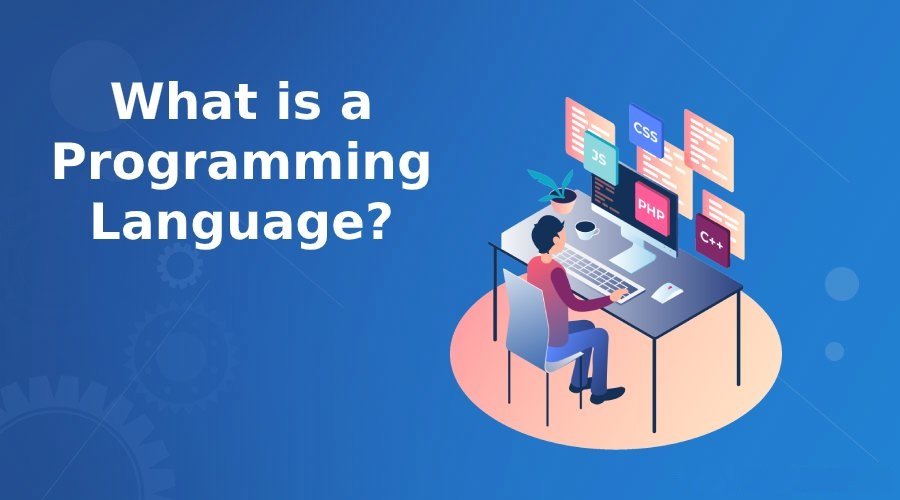Self-advocacy is a critical life skill, that enables people to speak up about their needs and rights, identify their strengths and weaknesses, and make independent decisions. The importance of self-advocacy increases in special education, where students may need extra help in understanding their rights and needs so that they can effectively communicate these to teachers and other professionals. By learning and practicing self-advocacy skills, special education students can develop strong self-confidence and build positive relationships with teachers and peers.
What is Self-Advocacy?
Self-advocacy is the ability to communicate effectively and express one’s own needs, interests, and opinions. It is a life-long skill that is important to gaining knowledge, understanding, and expressing one’s needs. Self-advocacy skills involve being aware of one’s rights, being familiar with special education laws, expressing opinions, making informed decisions, and having access to resources and services. People in special education need to also develop skills that would help them get their point across and make changes in positive ways.
Importance of Self-Advocacy
Self-advocacy is important for people with disabilities in special education because it gives them the autonomy to communicate their rights, needs, and preferences in an effective manner. Self-advocacy helps individuals take ownership of their own experiences and advocate for their needs, instead of relying on the support of others. By developing the ability to speak confidently and effectively, special education students can learn the skills to advocate for themselves. This allows them to take control of their learning experiences and ensure that their needs are met.
Special Education and Self-Advocacy
Self-advocacy is an essential skill for students in special education. Students who are able to advocate for themselves have greater control over their lives and are better equipped to make informed decisions about their future. With self-advocacy, students in special education are empowered to make their voices heard and influence decisions that affect their education. This can be especially beneficial for students who need additional help and support and may not otherwise be able to obtain it without advocating for themselves.
Self-Advocacy Strategies in Special Education
There are a variety of strategies and resources available that can help special education students develop self-advocacy skills. Teaching students how to identify their needs and rights, as well as how to communicate effectively with others are important components of self-advocacy. Additionally, providing students access to different resources and support systems and teaching them problem-solving skills can help them effectively advocate for themselves. Finally, connecting them with like-minded peers can help them develop a strong sense of self-efficacy and confidence in their abilities.
Benefits of Self-Advocacy in Special Education
Self-advocacy helps special education students to take responsibility for their learning and make decisions that support their personal and academic interests. It is also linked to higher academic success and improved self-esteem and self-confidence. Some of the major benefits of self-advocacy for special education students include:
1) Improved Academic Skills
Self-advocacy encourages special education students to take an active part in their own learning. By advocating for themselves, they learn to ask for help when they need it, clarify instructions, and monitor their progress. Asking questions and speaking up also help students to stay engaged in their learning and address any issues that may be hindering their progress.
2) Increased Self-Esteem and Self-Determination
Self-advocacy helps special education students to understand their rights in school and recognize the support available to them. It also encourages them to be proactive and make decisions about their education without the need for approval from others. This type of self-determination can help build students’ self-esteem and confidence.
3) Improved Relationships With Teachers and Peers
Self-advocacy creates an environment where students feel more confident to participate in class and form relationships with teachers and peers. It also encourages teachers to become more aware of students’ needs and provide appropriate levels of support. Educators are then able to create a more inclusive and collaborative learning environment for the special education student.
Types of Self-Advocacy
Self-advocacy can take many different forms. It can be verbal, when students make statements, ask questions, and make requests about their needs. It can also be non-verbal when students use body language, facial expressions, and gestures to communicate. People can also practice self-advocacy by writing letters or emails, submitting reports, or giving presentations to explain their needs. Some of the different types of self-advocacy in special education include:
1) Speaking Up
One of the most important types of self-advocacy is speaking up. This involves expressing feelings, opinions, requests, and problems to teachers and other professionals. Special education students can practice speaking up by asking questions, speaking in a group, or speaking one-on-one with a teacher or other professional.
2) Writing
Self-advocacy in special education also involves writing. Students can write to teachers to explain their needs, requests for accommodations or concerns about their academic progress. They can also write to other professionals, such as their doctor or their school district’s special education department, to get the support they need.
3) Media and Technology
Special education students can also use media and technology to practice self-advocacy. This may include creating websites or blogs to provide information about their needs and experiences, creating videos to explain their rights, or using social media to connect with other people who can provide support.
Strategies to help Special Education Students with Self-Advocacy
There are many strategies teachers and other professionals can use to help special education students practice self-advocacy. These strategies can be tailored to individual students’ needs and abilities.
1) Model Self-Advocacy
Teachers and other professionals can model self-advocacy by speaking up in class, writing to other professionals, and asking for accommodations. This helps students understand how to practice self-advocacy and gives them the encouragement to do the same.
2) Help Students Learn to Identify and Express Their Needs
It is important to help special education students learn how to identify and express their needs. This involves teaching them how to recognize challenges and understand their rights. Teachers can do this by discussing case studies with students and helping them develop effective communication strategies.
3) Create a Supportive Learning Environment
Teachers and other professionals should ensure that students feel comfortable and supported in the classroom. This involves providing students with the accommodations they need and addressing any issues that could prevent them from participating in class. Creating a communicative classroom environment and providing positive feedback will also promote self-advocacy and help students feel comfortable speaking up.
Conclusion:
Self-advocacy is a crucial life skill, particularly for special education students. By teaching students how to identify and express their needs, equipping them with the knowledge of their rights, and creating a supportive learning environment, teachers can help special education students to practice self-advocacy and build strong self-confidence.










